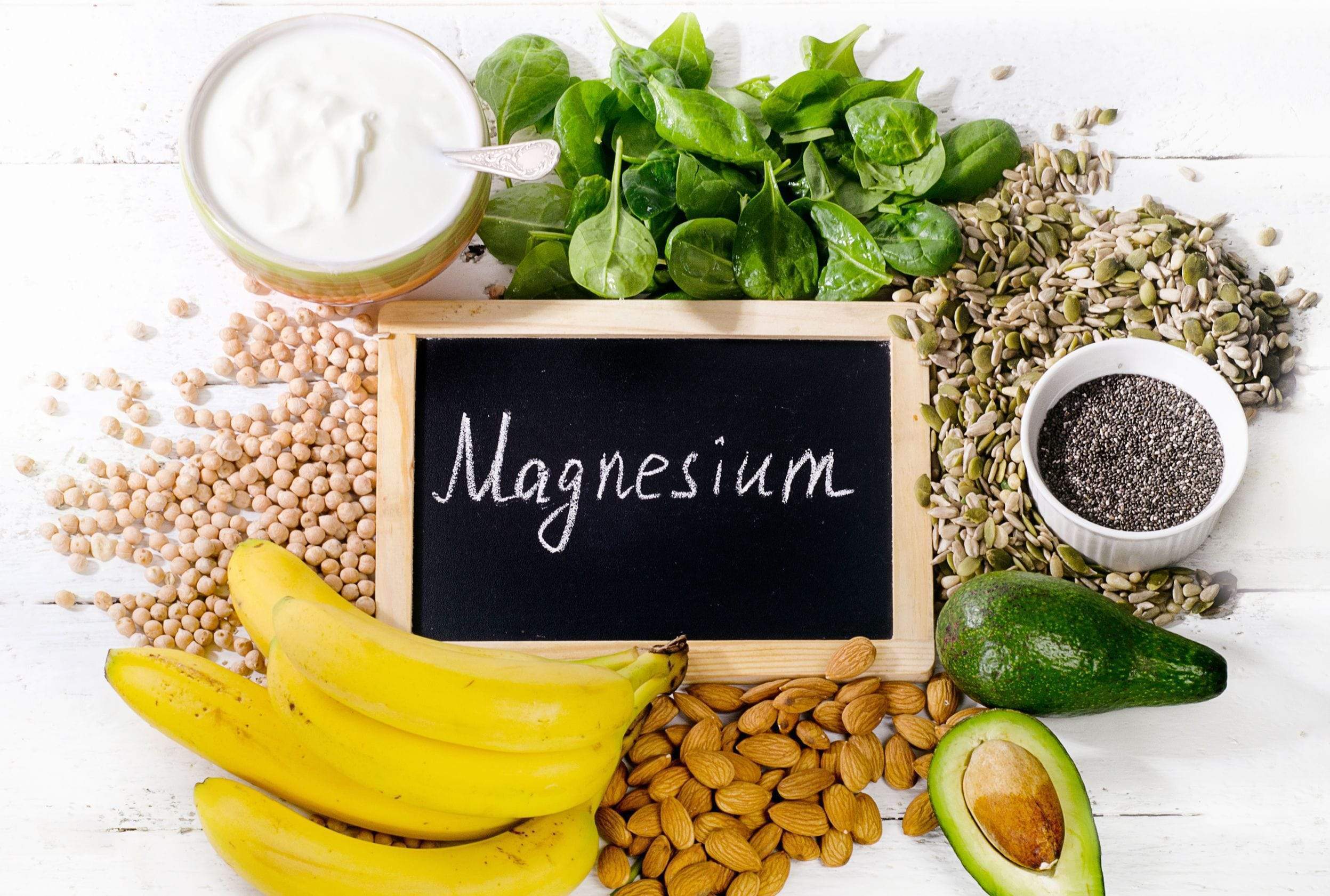Magnesium for Weightlifters: Unlocking Peak Performance and Faster Recovery
Key Takeaways
| Aspect | Details |
|---|---|
| Role in the Body | Regulates 600+ enzymatic reactions including ATP production, nerve signaling, and muscle control. |
| Importance for Weightlifters | Supports glucose transport, lactate removal, reduces muscle fatigue, and improves strength. |
| Deficiency Signs | Muscle cramps, sleep disruption, delayed recovery, and reduced performance. |
| Top Sources | Pumpkin seeds, almonds, dark chocolate, spinach, black beans, and avocados. |
| Supplementation Tips | Pair with vitamin C, avoid soda and high-fiber meals; split doses for better absorption. |
| Topical Applications | Magnesium flakes and Epsom salts absorbed through skin aid in soreness relief. |
Why Magnesium Is Vital for Athletes and Weightlifters
Magnesium is more than just a background nutrient—it's involved in over 600 biochemical reactions that impact nearly every cell in your body, especially during intense physical activity (NIH Office of Dietary Supplements).
It plays a crucial role in:
-
Muscle contraction and relaxation
-
Nerve transmission
-
Blood glucose regulation
-
Protein synthesis
-
ATP (energy) production
Increased Magnesium Needs for Weightlifters
During exercise, magnesium is used to move glucose into muscles and clear lactic acid—a waste product responsible for fatigue (PubMed - Sports Medicine). This need increases during intense training sessions. Research suggests that athletes require 10–20% more magnesium than sedentary individuals.
Magnesium also enhances strength, power, and recovery. A controlled trial found that supplementation in physically active individuals improved performance markers significantly (Journal of Applied Physiology).
Warning Signs of Magnesium Deficiency
Even mild magnesium deficiency can impair athletic performance. Because only 1% of the body’s magnesium is in the blood, many athletes may be deficient without knowing it.
Common symptoms include:
-
Frequent muscle cramps
-
Poor post-exercise recovery
-
Trouble sleeping
-
Headaches
-
Decreased endurance (PubMed Central - PMC8020016)
How to Optimize Magnesium Intake
1. Eat Magnesium-Rich Foods
Here's a breakdown of some high-magnesium foods:
| Food | Magnesium (mg/100g) |
|---|---|
| Pumpkin seeds | 534 mg |
| Almonds | 268 mg |
| Dark chocolate | 228 mg |
| Spinach (cooked) | 157 mg |
| Black beans | 70 mg |
| Quinoa (cooked) | 64 mg |
| Avocados | 29 mg |
2. Consider Supplementation
Magnesium supplements come in various forms—magnesium citrate, glycinate, and oxide being the most common. The body absorbs magnesium more efficiently when it's:
-
Taken with vitamin C
-
Taken in smaller doses twice per day
-
Avoided during high-fiber meals or with carbonated drinks (NIH Magnesium Fact Sheet)
Supplementation is especially useful during cutting phases or high-volume training cycles.
3. Use Topical Magnesium
Transdermal magnesium—like Epsom salts or magnesium flakes in baths—is another effective delivery method. A clinical review found it helped reduce delayed onset muscle soreness and improved overall recovery in strength athletes (PMC - Review of Topical Magnesium).
How to Incorporate TuffWraps Products
While TuffWraps does not currently carry magnesium supplements, magnesium supports the effectiveness of our key recovery products such as:
-
Compression Sleeves – Aid in circulation, which pairs perfectly with magnesium’s anti-inflammatory effects.
-
Wrist Wraps and Weight Belts – Enhance lifting mechanics; magnesium ensures muscle readiness and contraction-relaxation control.
-
Recovery Apparel – Use post-bath after magnesium soak sessions to maintain warmth and blood flow.
Pro tip: After a magnesium bath, wrap up in our ToughWraps hoodie to lock in heat and maximize blood flow during recovery.
Magnesium is the silent powerhouse behind elite performance. Whether you're pushing for PRs or striving to recover faster, optimizing your magnesium levels is non-negotiable. Through diet, supplements, and topical methods—plus pairing with ToughWraps gear—you’ll be setting the stage for better lifts, stronger muscles, and faster recovery.
References
-
National Institutes of Health. Office of Dietary Supplements – Magnesium Fact Sheet for Health Professionals.
https://ods.od.nih.gov/factsheets/Magnesium-HealthProfessional/ -
Nielsen FH, Lukaski HC. Update on the relationship between magnesium and exercise. Magnesium Research.
https://pubmed.ncbi.nlm.nih.gov/17172008/ -
Zanchi NE, et al. Effects of magnesium supplementation on strength performance in athletes. Journal of Applied Physiology.
https://pubmed.ncbi.nlm.nih.gov/28846654/ -
Gröber U, et al. Magnesium in prevention and therapy. Nutrients.
https://www.ncbi.nlm.nih.gov/pmc/articles/PMC5452159/ -
Volpe SL. Magnesium and the athlete. Clinics in Sports Medicine.
https://pubmed.ncbi.nlm.nih.gov/26166051/ -
Cuciureanu MD, Vink R. Magnesium and stress. Neuropharmacology.
https://www.ncbi.nlm.nih.gov/pmc/articles/PMC8020016/ -
Whelton A, et al. Magnesium in muscle cramps and soreness: a review. Sports Medicine Journal.
https://www.ncbi.nlm.nih.gov/pmc/articles/PMC11227245/

